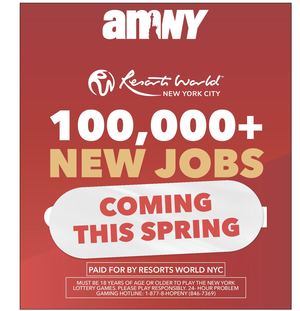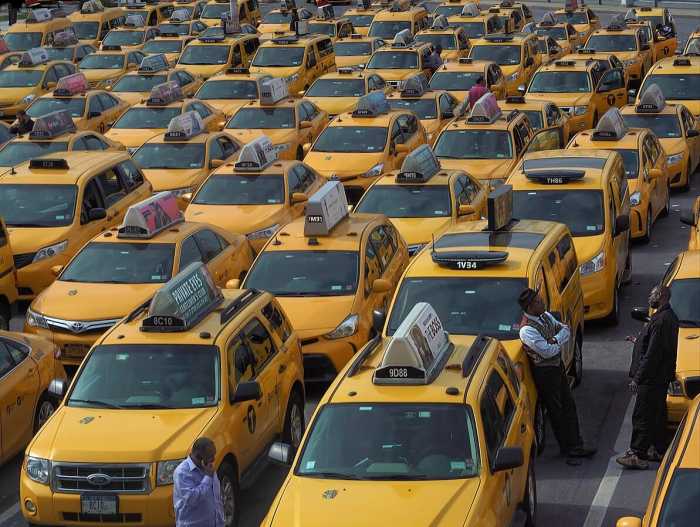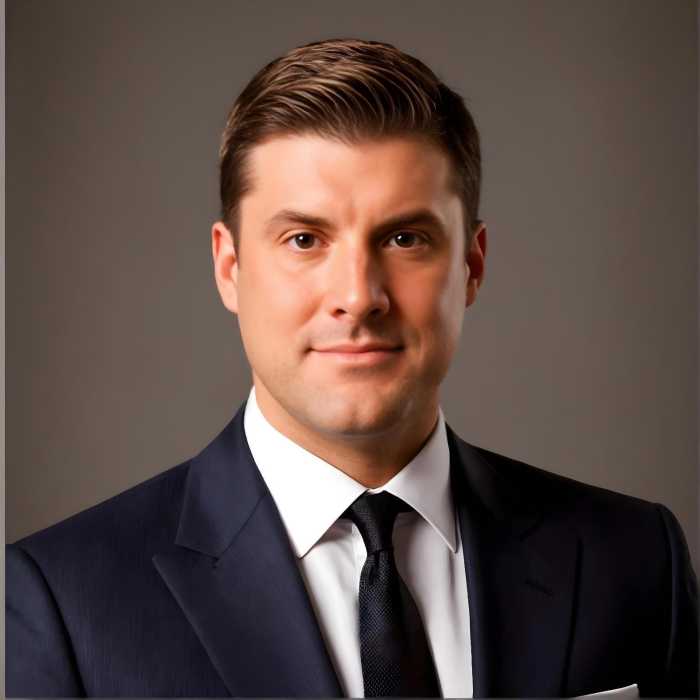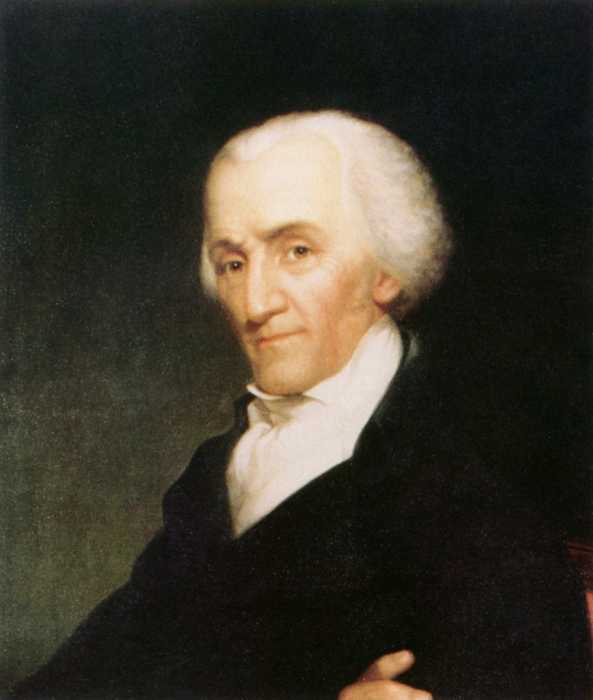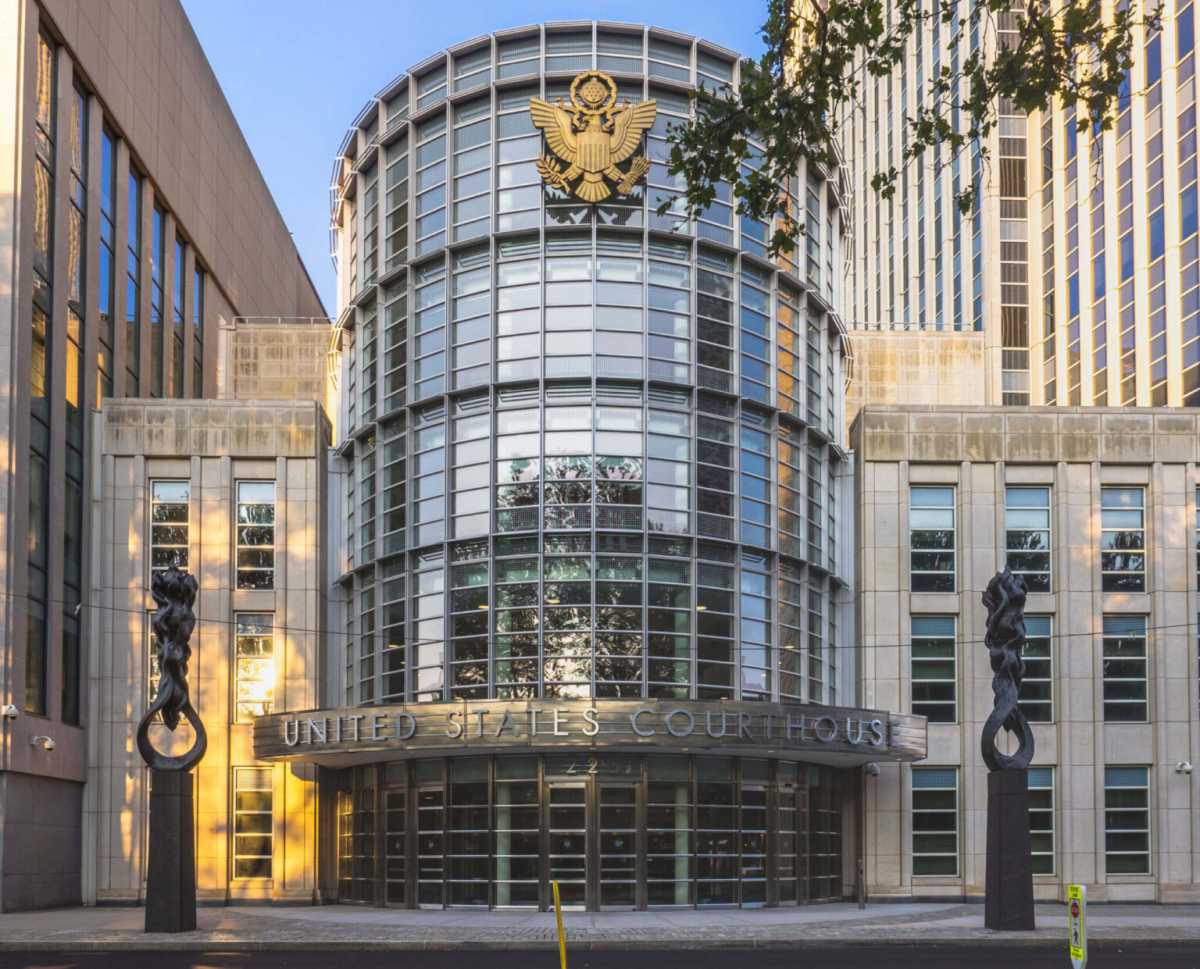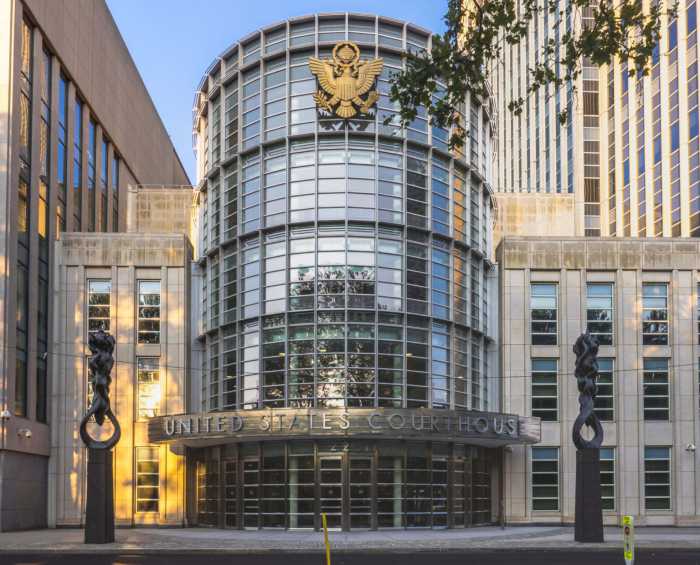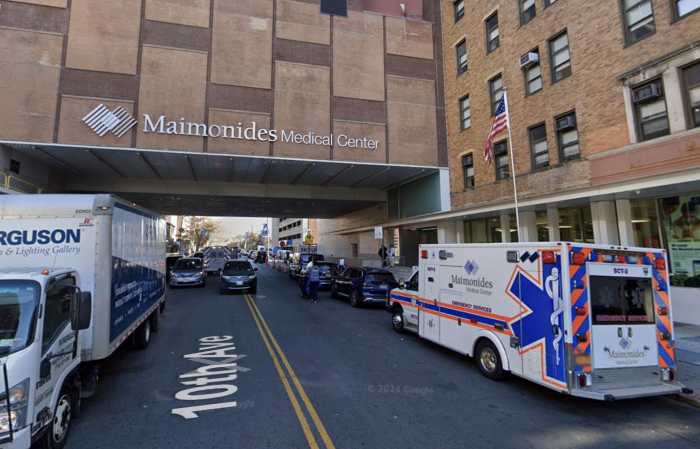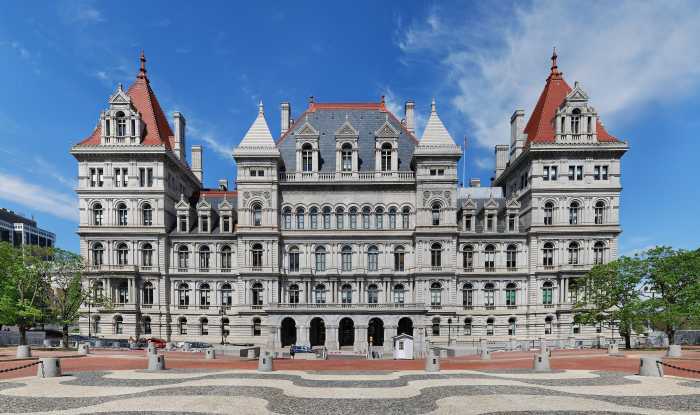NYC mayoral candidate Roque De La Fuente had some classic New York experiences during a recent signature-gathering push in Borough Park.
First, he was about a half hour late due to traffic in midtown. Second, passersby had little idea who he was.
The New York introduction might be helpful, because De La Fuente is actually a businessman based until recently in California. He ran a doomed campaign for president as a Democrat in 2016. Now, he’s running an uphill battle for New York City mayor as a Republican and making use of the New York rule that you only need to be a resident by Election Day to win. He’s a few months ahead of schedule on that front, having acquired a midtown apartment in the spring. Hence the traffic en route to Brooklyn.
De La Fuente has no name recognition in New York, little connection to the city beyond what he says are yearly visits since 1971. His daughter was admitted to NYU this year.
But the Republican field to compete against well-funded incumbent Mayor Bill de Blasio in November shrunk in a big way when well-funded businessman Paul Massey dropped out of the race in June. That leaves Staten Island Assemblywoman Nicole Malliotakis as the institutionally-supported Republican frontrunner, with longshot De La Fuente — who has loaned himself some $280,000 in largely unspent funds — trying to see if he can make up any ground.
Hitting the streets
Sporting a New York City pin on a white dress shirt, De La Fuente smoothly greeted passersby in the conservative district. Many, angry at de Blasio, were happy to stop and hear what the aspiring New Yorker in chief had to say.
“Are you from Italy?” one woman asked. De La Fuente explained that his parents were from Mexico.
“As long as you’re Republican,” she said. “Are you going to make this a sanctuary city?” She said that undocumented immigrants who had committed crimes had to go.
“I agree with you 100 percent,” De La Fuente said.
De La Fuente says he is a common-sense fiscal conservative, a tried and true ideological route for NY Republicans. Still, even potential allies grilled him. A man noted that “if you’re running against de Blasio, I’m for it,” but he still had some questions.
“What do you do for a living?” he asked. De La Fuente began listing real estate projects such as assisted living locations. “You a developer?” his interlocutor followed.
“I create jobs,” De La Fuente said.
The candidate had a tendency to talk about broad principles and international solutions — take some ideas from Rome or Tokyo, for example, to mitigate car congestion. It begs the question of why he would choose to put a flag down in NYC in particular.
“If you wanted to show the world what you could do, where would you do it?” he says. The answer is obvious: New York City.
Making a point to show this writer his (new) New York State driver’s license, De La Fuente made the self-confident argument that New York City’s limited residency requirement for mayor allowed the city to get “the best and brightest.”
What would New Yorkers get out of a De La Fuente mayoralty?
The candidate said he solved the jail problem in San Diego by selling the city land to build more correctional facilities, enough room for “the next 100 years.” For NYC’s jail woes, De La Fuente says he would raze Rikers Island and build a “state of the art facility” in its place rather than “spread the misery” around the city.
Like most local politicians he called affordable housing the city’s number one problem, and proposed building on vacant city-owned land and turning those units over to private operators to lease.
These are fairly standard positions that may find support from certain New Yorkers uncomfortable with de Blasio’s proudly progressive agenda. A seasoned display of those positions could lead to a good debate for de Blasio and his opponents. (A de Blasio campaign spokeswoman noted the mayor’s “real results” on jail population drop, affordable housing, and other issues).
But many of De La Fuente’s other suggestions seemed less ironed out. To help solve city transportation issues, he proposed a “people mover” on Manhattan’s main avenues. When asked about his position on the controversial policing tactic stop-and-frisk, he said the tactic wouldn’t be necessary if the city added more surveillance cameras.
De La Fuente’s campaign will need to clarify its funding situation too. He has opted to try for the city’s public financing program, which matches small-dollar donations six to one if the candidate agrees to spending and self-funding limits. But the businessman has already loaned himself far more than the limit, largely without spending it. He says he’s “prepared” to abandon the public money option and spend his own if he can’t raise enough.
Watching what actually happens with that money might give New Yorkers a sense of how seriously to take his candidacy — to see if it ever breaks free from traffic.
